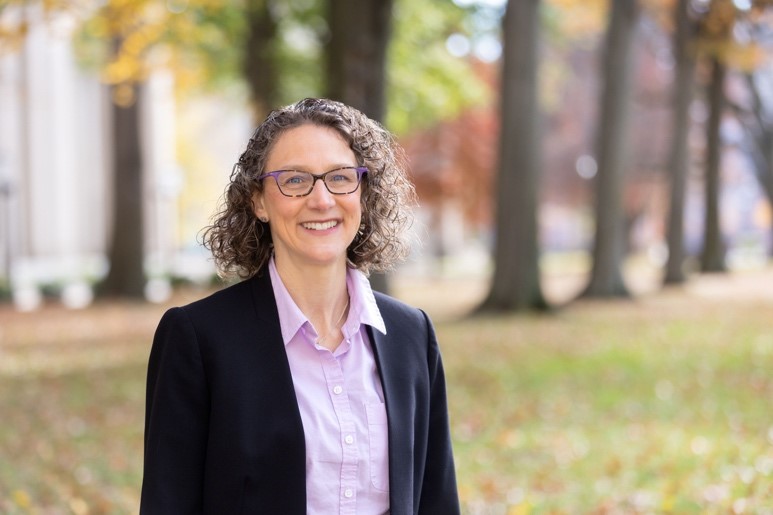Sensing air pollution from space: Detecting smog-forming chemistry
Controlling ground-level ozone smog has proven to be a persistent challenge in many U.S. air quality jurisdictions. Ozone is a secondary air pollutant that forms through atmospheric chemistry and depends non-linearly on precursor emissions of nitrogen oxides (NOx) and volatile organic compounds (VOC). The highest concentrations generally occur during the warm season, when ozone production tends to be limited by the availability of NOx, with the exception of some urban areas with high NOx emissions. Implementation of effective emission control programs requires knowledge of the sensitivity of ground-level ozone in a particular metropolitan area to NOx versus VOC emissions. Since the mid-1990s, satellite instruments have retrieved two chemical species (nitrogen dioxide and formaldehyde) that can serve as proxies for these precursor emissions. Following a brief introduction to the approaches developed to diagnose ozone formation chemistry from space, I will highlight a recent study identifying long-term trends in the ozone formation chemistry in several U.S. cities from satellite products. Finally, I will share some ongoing work connecting space-based and ground-level viewpoints during summer 2018 field campaigns in the New York City and Baltimore/D.C. regions, with an emphasis on changes in ozone sensitivity to its precursor emission on days when the National Ambient Air Quality Standard for ozone is exceeded.
Date and Time
Location
Hosts
Registration
-
 Add Event to Calendar
Add Event to Calendar
Loading virtual attendance info...
Speakers
 Prof. Arlene Fiore
Prof. Arlene Fiore
Sensing air pollution from space: Detecting smog-forming chemistry
Biography:
Arlene Fiore recently joined the MIT Department of Earth, Atmospheric, and Planetary Sciences as the first Peter H. Stone & Paola Malanotte Stone Professor, after ten years on the faculty at Lamont-Doherty Earth Observatory in the Department of Earth and Environmental Sciences at Columbia University. Before then, she was a research scientist at the NOAA Geophysical Fluid Dynamics Laboratory in Princeton, NJ. As a member of the NASA Health and Air Quality Applied Sciences Team, she partners with air and health management groups to address emerging needs with applications of satellite and other Earth science datasets. Her group uses models of varying complexity alongside remote sensing and in situ observations to investigate two-way interactions between air pollutants, atmospheric chemistry, and the climate system on scales ranging from hourly and local to global and decadal.

